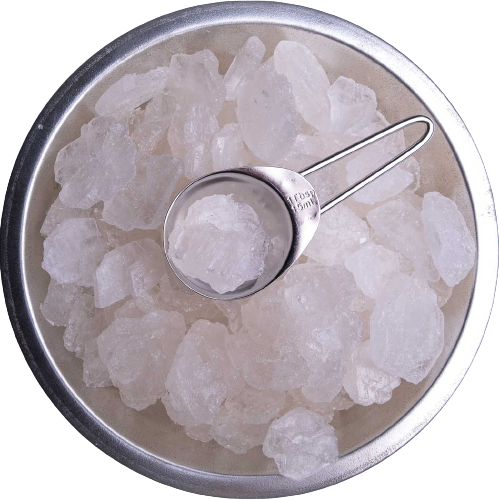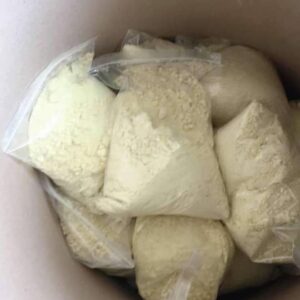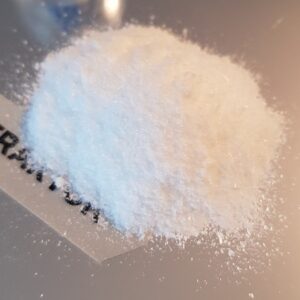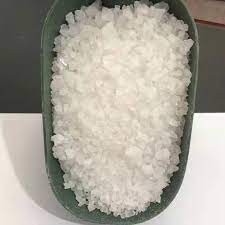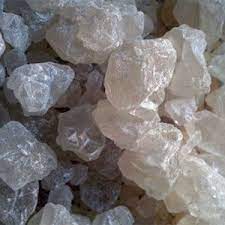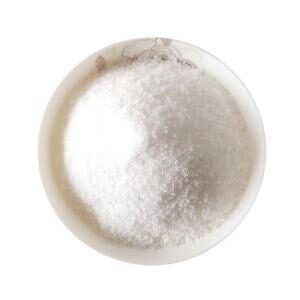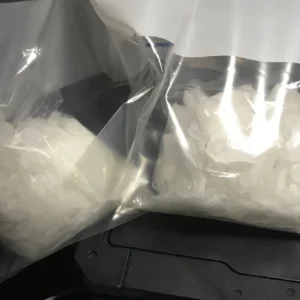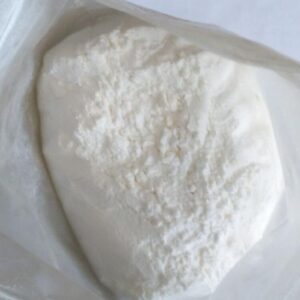3-CMC (3-Chloromethcathinone) | 4-CMC Crystals: Chemical Properties, Research Applications, and Regulatory Overview
Informational Overview
3-CMC (3-Chloromethcathinone) is a synthetic cathinone derivative, chemically related to naturally occurring cathinones. It has attracted attention in forensic toxicology, analytical chemistry, and pharmacological research due to its stimulant-like structure.
This compound is not approved for human consumption and is restricted to licensed laboratories for academic, forensic, and regulatory studies.
Chemical Structure and Properties
3-CMC features a chlorine atom at the 3-position of the phenyl ring, which affects its chemical behavior and interaction with monoamine transporters. It is primarily used as a model compound in analytical and neurochemical research.
| Property | Details |
|---|---|
| Chemical Name | 1-(3-Chlorophenyl)-2-(methylamino)propan-1-one |
| CAS Number | 10403-56-6 (research reference) |
| Molecular Formula | C10H12ClNO |
| Molecular Weight | 189.66 g/mol |
| Appearance | White to off-white crystalline powder |
| Solubility | Ethanol, methanol; limited water solubility |
| Melting Point | ~205–208 °C |
| Pharmacological Class | Substituted cathinone (stimulant derivative) |
| Primary Research Use | Analytical, forensic, and chemical studies |
Mechanism of Interest: Substituted cathinones interact with monoamine transporters, making 3-CMC valuable for structure-activity relationship (SAR) studies, forensic method development, and analytical validation.
3-CMC Crystals Laboratory and Research Applications
Forensic Chemistry
Forensic laboratories utilize 3-CMC to:
- Detect and identify it in seized materials using GC-MS, LC-MS, and NMR
- Develop analytical protocols for law enforcement
- Train chemists in synthetic cathinone identification
Academic and Pharmacological Research
Research applications include:
- SAR studies of stimulant analogs
- Development of trace-detection analytical methods
- Comparative studies with other synthetic cathinones for toxicology and regulatory assessment
Safety and Controlled Environment
Given its stimulant properties and structural similarity to controlled substances:
- Work is conducted in biosafety cabinets or fume hoods
- Personnel use PPE: gloves, goggles, lab coat
- Accurate weighing and containment protocols are mandatory.
Analytical-Grade Supply and Regulatory Compliance
3-CMC is not approved for human use. Licensed laboratories may procure analytical-grade quantities under strict regulatory oversight.
| Specification | Typical Value |
|---|---|
| Purity | ≥98% (HPLC assay) |
| Appearance | White crystalline powder |
| Solubility | Ethanol, methanol, acetone |
| Storage | Sealed, desiccated container at 2–8 °C |
| Documentation | Certificate of Analysis (CoA), MSDS, compliance papers |
| Regulatory Compliance | Laboratory use only; controlled substance laws vary by jurisdiction |
Authorized suppliers provide:
- ISO or GLP-compliant reference standards
- Traceable purity documentation
- Certificates and MSDS for safe handling and regulatory adherence
3-CMC Crystals Legal and Regulatory Considerations
Global Legal Status
| Region | Controlled Status |
|---|---|
| United States | Synthetic cathinone analog; may fall under Schedule I analogue laws |
| European Union | Controlled under national psychoactive substance regulations |
| Canada | Schedule III under Controlled Drugs and Substances Act |
| Australia | Prohibited under NPS legislation |
| International | Monitored under UN conventions in multiple jurisdictions |
Authorized Procurement
Legal access is restricted to licensed laboratories and research institutions:
- Maintain detailed inventory logs
- Secure storage with restricted access
- Proper chemical waste disposal according to regulations
Unauthorized possession, distribution, or recreational use is illegal.
Safety, Handling, and Environmental Guidelines
Handling Precautions:
- Gloves, protective clothing, and eye protection
- Work in fume hoods or enclosed systems
- Avoid skin contact and inhalation
- Properly label and secure containers
Environmental Considerations:
- Dispose of 3-CMC via hazardous chemical protocols
- Avoid release into drains, soil, or waterways
Key Takeaways for Researchers
- 3-CMC is strictly for research and analytical use
- Not for human consumption
- Legal handling requires licensed facilities
- Documented storage, handling, and disposal are mandatory
- Supports forensic identification, analytical method development, and regulatory research
3-CMC Keywords: “3-CMC research chemical,” “synthetic cathinone analytical standards,” “3-Chloromethcathinone forensic analysis,” “controlled research substances,” “laboratory handling

